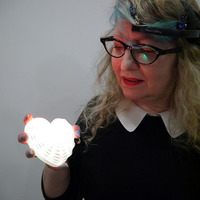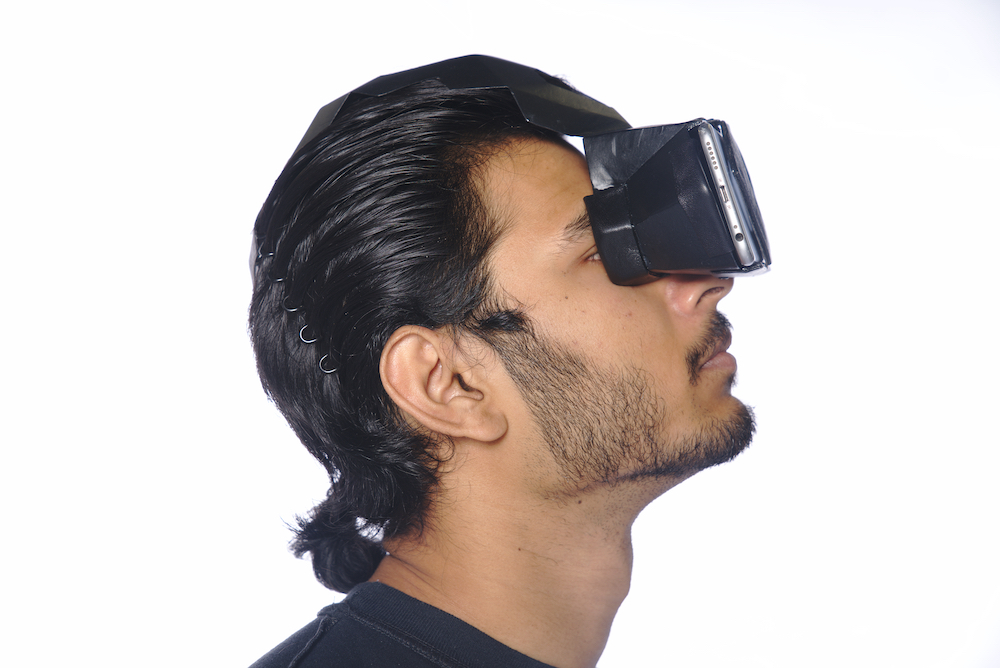The ISWC design exhibition is a peer-reviewed collection of current design work from practitioners embedded in many disciplines, within three categories:
Aesthetic Design
The Aesthetic Design category focuses on development or application of technology that emphasizes
aesthetics and concept. Aesthetic designs may be focused on contributions such as style, the
relationship of a visual product to the Zeitgeist of a society, or conceptual aspects of wearing
technology.
Functional Design
This category explores the innovative use of wearable technologies to meet a specific need. Functional
designs may be focused on contributions such as the innovative use of technology, ergonomics, or
technical implementation.
Fiber Arts
Smart fabrics and interactive textiles are fields that intersect in many instances with wearable
technologies. Fiber Arts designers push the boundaries of what is possible using all kinds of machinery
and materials. The building blocks on which future wearable innovation is founded.
This year's exhibition is organised and curated by Design Exhibition Chairs, Rain Ashford, Goldsmiths University of London, UK and Oscar Tomico, Eindhoven University of Technology, NL and ELISAVA, Spain.
Chair's statement: in the past, wearable technologies were seen as part of the realm of computing and electronics engineering. However, in recent years we have witnessed a convergence with functional textiles, digital production, smart materials and bio-materials. The wearables we are presenting at the 12th Annual ISWC Design Exhibition combine one or more of the above areas. For this reason we would like to use the exhibition as the perfect context to have a debate on "what is wearable technology today?" These discussions will be held on Wednesday 11th and Thursday 12th September, 5-6pm at the exhibition area in the Cambridge Room. A drinks reception and prizes for the best in category will take place on Thursday 12th September 6-7:30pm by the exhibits.















